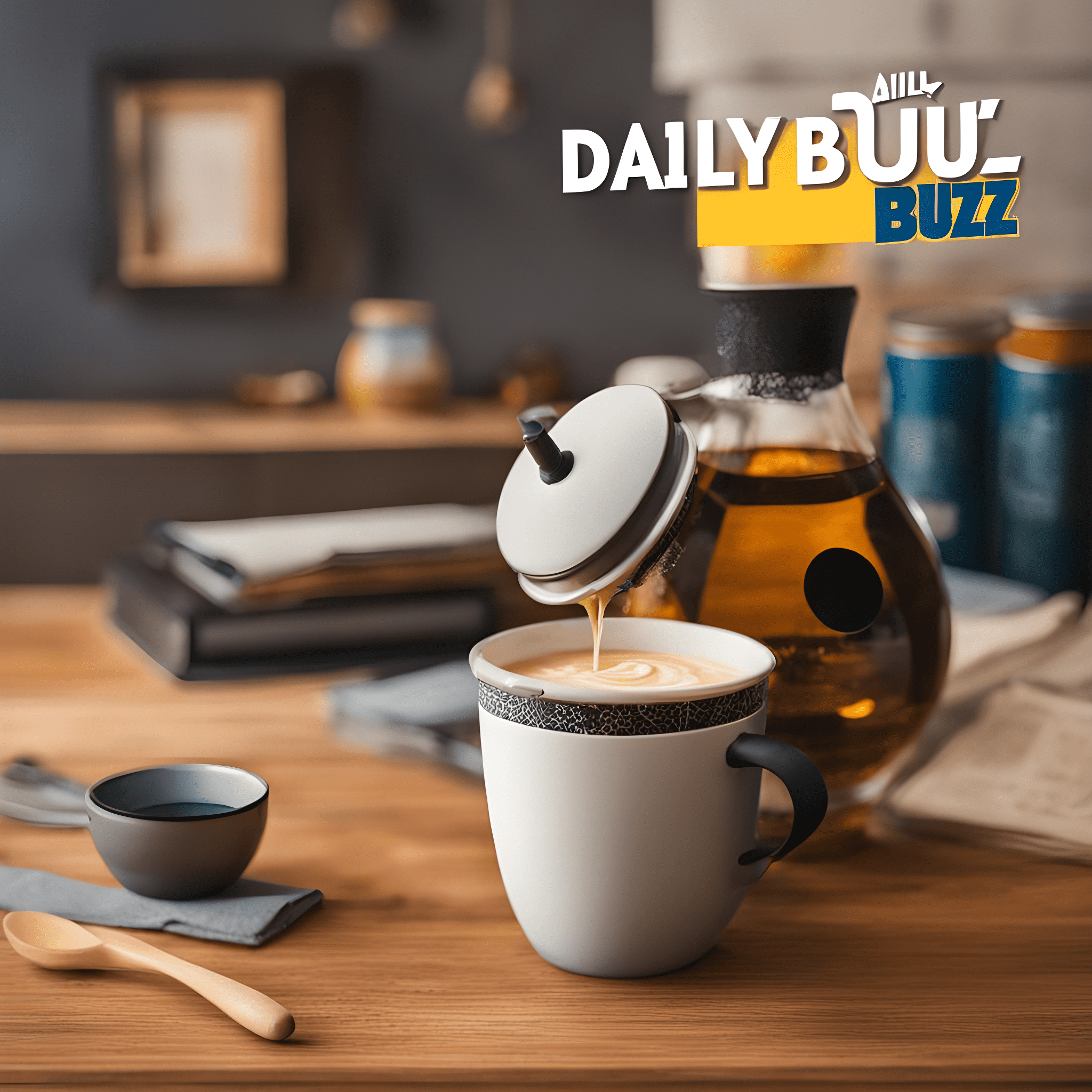


In a historic moment, the Nobel committee has announced that David Baker and John Jumper from the US and Demis Hassabis from the UK have been jointly awarded the 2024 Nobel Prize in Chemistry. The three scientists have been recognized for their groundbreaking work in understanding the structure of proteins through groundbreaking advancements in computing and artificial intelligence. Their discoveries have opened up a world of potential in various fields, including medicine, materials science, and technology.
Nobel Prize in Chemistry 2024: Breakthroughs in Protein Structure Insights
In a historic recognition, the Nobel Committee has awarded the 2024 Nobel Prize in Chemistry to David Baker and John Jumper from the US, and Demis Hassabis from the UK. This distinguished trio has revolutionized our understanding of protein structure, paving the way for advancements in fields ranging from medicine to materials science.
Background:
Proteins are essential molecules that perform various critical functions in living organisms, ranging from metabolism to cell signaling. However, understanding the complex three-dimensional structure of proteins has been a long-standing challenge in biochemistry.
Groundbreaking Work:
David Baker, John Jumper, and Demis Hassabis have made significant contributions to this field. Their research has leveraged advancements in computing and artificial intelligence to develop novel methods for predicting protein structure.
Baker's laboratory at the University of Washington has developed computational methods called Rosetta@home and AlphaFold. These algorithms use complex simulations to predict protein structure based on their amino acid sequences.
Jumper's team at DeepMind in the UK has developed AlphaFold2, an even more advanced algorithm that has achieved remarkable accuracy in predicting protein structures.
Applications and Impact:
The breakthroughs made by Baker, Jumper, and Hassabis have opened up numerous possibilities in various fields:
Top 5 FAQs:
1. Why is understanding protein structure important? Understanding protein structure is crucial for comprehending their function and designing new drugs and materials.
2. What is the significance of the Nobel Prize in this field? The Nobel Prize recognizes the groundbreaking work in protein structure prediction, which has revolutionized biochemistry and its applications.
3. Who are the previous Nobel Prize laureates in Chemistry for protein structure research? Previous laureates include Michael Levitt, Cyrus Chothia, and Andrej Vorontsov.
4. How have advancements in computing and AI contributed to protein structure prediction? Advanced computational methods and AI algorithms have enabled the simulation and prediction of complex protein structures.
5. What are the future directions of research in protein structure prediction? Ongoing research aims to improve the accuracy and speed of protein structure prediction, as well as explore its applications in biology and medicine.

The observation of National Pollution Control Day on 2 December serves as a timely reminder of India's struggle with escalating pollution levels. The recent years have seen a sharp increase in toxic particles and hazardous emissions, causing severe health issues and environmental damage. The ongoing pollution emergency calls for more stringent regulations, better urban planning, and increased public engagement to mitigate the crisis.

As World AIDS Day approaches, conversations around HIV prevention in India are becoming more open and informed. In particular, there is growing interest in PrEP (pre-exposure prophylaxis), a medicine that offers strong protection against HIV when used correctly. With rising awareness and more accessible sexual-health services, doctors are seeing a steady rise in patients asking about PrEP as a proactive health choice. This signals a shift towards informed prevention and a stigma-free dialogue surrounding HIV.

ISRO has been making continuous efforts to establish contact with the Vikram lander and Pragyan rover, which were put into sleep mode earlier this month, ahead of the lunar night. However, the prolonged spell of cold weather conditions, reaching up to -150 degrees Celsius, has made it difficult for them to wake up. With the sunrise on the Moon's south polar region and their solar panels believed to be optimally charged now, ISRO is hoping to revive the lander and rover and continue with their experiments and studies. The latest update from ISRO is that the plan to reactivate them has been delayed to September 23 due to the extreme lunar weather conditions.

Monsoon season may bring romantic vibes, but it's also a nightmare for contact lens wearers. Rainwater contains bacteria and pollutants that can cause eye infections, especially when wearing contact lenses. Ophthalmologists recommend using glasses instead and practicing good hygiene to avoid irritation and infection.

India's first human spaceflight mission, Gaganyaan, is one step closer to reality as ISRO successfully tested the main parachutes for the mission's Crew Module. The test, conducted at the Babina Field Firing Range in Uttar Pradesh, is part of the qualification process for the Gaganyaan parachute system. The system, which includes 10 parachutes of different types, is designed to ensure the safe and stable descent of astronauts returning to Earth. This milestone test marks a crucial step forward for India's ambitious space exploration goals.

As World Pneumonia Day is observed on November 12, experts are drawing attention to the dangerous link between air pollution and respiratory illnesses. In India, the post-Diwali smog adds to the already high levels of pollution, increasing the risk of pneumonia, particularly among vulnerable populations. While outdoor air pollution is often blamed, experts emphasize that poor indoor air quality also plays a significant role in triggering and worsening respiratory infections. Health professionals are urging for better air quality regulations and precautions to prevent this deadly connection between pollution and pneumonia.

On November 12, 2025, the world will once again mark World Pneumonia Day, a global health observance highlighting the urgent need to combat one of the leading causes of death, especially in young children. Despite being preventable and treatable, pneumonia continues to claim millions of lives each year, but efforts such as the ‘Every Breath Counts’ coalition and the Global Action Plan for the Prevention and Control of Pneumonia and Diarrhoea are working towards reducing preventable deaths through vaccination and improved healthcare access. Let us continue to raise awareness and take action against this preventable killer.

As an expectant mother, it is important to be aware of the warning signs that could indicate a potential complication during pregnancy. Dr. Swatee Gaggare, a Consultant in Obstetrics & Gynaecology, shares important insights on the key warning signs every pregnant woman should know. These include unusual bleeding or spotting, severe cramps or abdominal pain, and excessive vomiting. Early detection and prompt medical intervention are crucial for a safe outcome for both mother and baby.

November 10 marks World Science Day for Peace and Development, a celebration that highlights the crucial role of science in our daily lives. This year, the event will take place in Samarkand, Uzbekistan, where the theme "Trust, Transformation, and Tomorrow: The Science we Need for 2050" will be explored. Through public engagement and education, scientists aim to address global issues and create a better future for our planet.

On World Tsunami Awareness Day, scientists are highlighting the importance of traditional knowledge in predicting and preparing for tsunamis. Coastal communities have long relied on observing animal behavior to sense environmental changes and predict natural disasters. This technique has proven effective in areas without advanced warning systems. Scientists are now studying these natural warning signs to improve early detection and save lives in vulnerable regions.